What is the ‘Ayurvedic diet’?
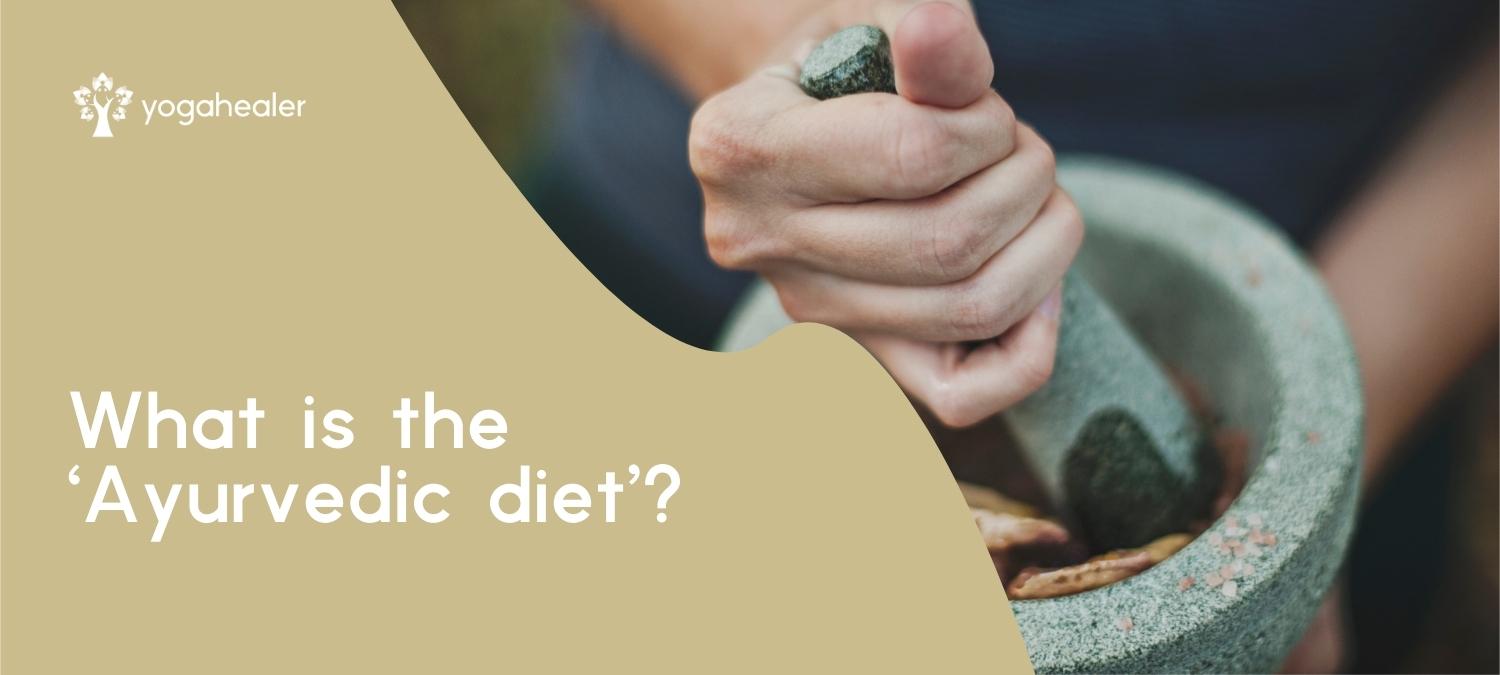
Would you prefer to hear about this topic? Click to listen to What is the ‘Ayurvedic diet’? on the Yogahealer podcast.
When people first learn about Ayurveda, they usually focus on figuring out which is their constitution. Is it Vata Dosha? Pitta Dosha? Or Kapha Dosha? But generally, after they figure that out, they want to understand what is it they should be eating, or not eating, in order to thrive.
I first learned about my constitution in my mid-twenties and I was shocked I had not heard about it earlier. I did not grow up knowing my body type was different from others, and that certain foods and behaviors could have a different impact on me than on other people. When I realized that it was actually quite easy to self-regulate and manage my constitution, I was both shocked and angry.
I had struggled with different health issues throughout my life. I had migraines from a young age, a grave constipation problem, and incredibly severe allergies as a teenager. I spent years taking pills, all because I did not understand my constitution. It could have all been prevented, had I known how to eat according to my constitution.
I am passionate about teaching Ayurveda because I want you to be empowered. I want you to know the path to self-healing. That’s why I decided to explain what exactly is the Ayurvedic diet, and what people with different constitutions should be eating.
When you look into the Ayurvedic diet, you have to look into what is food according to Ayurveda and what is nourishment according to your constitution. How is it that different foods, eaten at different times of day, impact you.
Eating as a Vata
The number one rule of the Ayurvedic Diet is that it increases like and opposites reduce each other. Vata is the energy of wind, so when trying to balance it, you should use the energies of fire, water and earth.
Vatas are light people, they are tall, skinny, ectomorphs, with a tendency to forget to eat. Their spontaneity will often lead them to eat at random times of day, or night, and because of that, they don’t allow their digestive fire to build. When they have the discipline to eat at regular times of day, the wind will start to calm down.
When we look at foods, the qualities of Vata are dry and crunchy. Foods that have a lot of ether space. Think about how much space lettuce takes up when compared to cheese. If you try to put 100 calories of cheese in a pile and a 1,000 calories of lettuce in another, which one do you think will take up more space? You guessed it. The lettuce.
Foods that have a lot of air in them, such as popcorn and leafy greens, can aggravate Vata. What a Vata wants to do, is look for foods with Pitta and Kapha qualities. Pitta foods, for example, are foods that have a lot of heat. These are the carminatives or spices in our diet, such as black pepper, cumin, fennel, oregano, basil, and lemongrass. All of these have Pitta in them. And Pitta helps you digest.
The other force that balances Vata is Kapha. Kapha foods are moist and smooth. They are what we call “comfort foods”, like mac and cheese. That’s a great food for Vatas. Warm mac and cheese with some black pepper on it. This is the type of food that is very calming and soothing for a Vata type.
More liquid foods are also great. A curry, coconut and carrot soup, for example, can be a good option, since you get the fat from the coconut and the warmth from the curry and the carrots. Carrots are a good and grounded root vegetable. All root vegetables have more Kapha in them.
In short, the key to a Vata balance is to eat at the same time of day and stick to warm, moist, spicy, more oily or fat dense foods. Vatas can’t eat very much, as they don’t have a strong digestion system. Therefore, it is important to make sure your food is dense enough, so you can get enough calories. You can find more information in the Yogahealer tip sheet on How to be a Vata.
Eating as a Pitta
Pittas are intense and, as such, they burn a lot of calories. This leads to them needing to eat more and being moody when hungry. A lot of the recommendations I have for Pittas are the same as I have for Vata but with a little less spice intense, or on the cooler side of spices.
One thing Pittas don’t do well with is fried food. They can actually get sick when they eat foods that are too oily. This happens because their nature is already oily and their bodies will expel it. When Pittas eat oily foods they can throw up or have diarrhea.
Pittas need clean and substantive food. They are very sensitive to chemicals. So highly processed foods or genetically modified foods are not a great idea for Pittas. These are not a good idea for any type, but Pittas are particularly sensitive to them.
Some great foods for Pitta are, for example, avocado and hummus, which are a bit denser and fatter. Other great foods are soaked almonds and oatmeal, these can give Pittas sustenance for longer periods of time and keep them calm and clear. They should also try to keep to clean sources of fat and protein.
In order to find more tips for the ideal diet for Pittas, you can visit the Yogahealer tip sheet on How to be a Pitta.
Eating as a Kapha
Kaphas, in general, will have more mucus in their stomach. In theory, having a moist stomach membrane is great for digestion. However, when you have an excess of mucus, you can’t digest richer foods. This is why heavy, creamy foods are aggravating for Kaphas.
As in the other types, in order to balance Kapha you need to cultivate the opposite energies. For a balanced Kapha diet, we are looking to the fire of Pitta and the wind and spaciousness of Vata. We are back to the lettuce versus cheese analogy. Unlike Vatas, who need heavy proteins and fat, Kaphas need bitter, pungent and astringent foods.
In order to keep balance, Kaphas should be eating big salads or roasted Brussels sprouts. Leafy greens with a bit of olive oil, salt, and pepper, awaken the Kapha, keeping them light and clear. They can add some protein and fat to their plates, but the majority should be vegetables.
You can find more tips on the Yogahealer How to be a Kapha tip sheet. You should, however, keep in mind that you want to develop body awareness and body intelligence about what to eat. Because different seasons have different energies, you need to adjust what you eat in accordance.
Now that you have learned the basics of what the Ayurvedic diet is about, you might be wondering how to truly incorporate it into your life. If you feel ready to start your self-healing, family-healing or pro-healer journey, try our free Ayurveda course and get started!


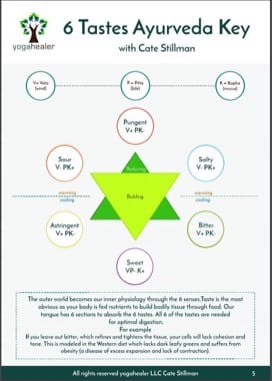
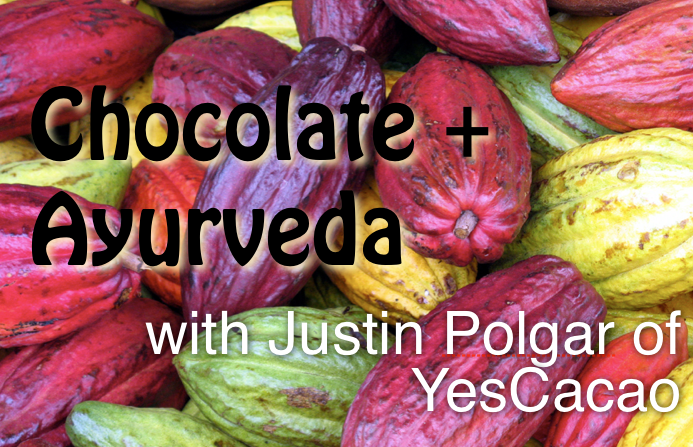
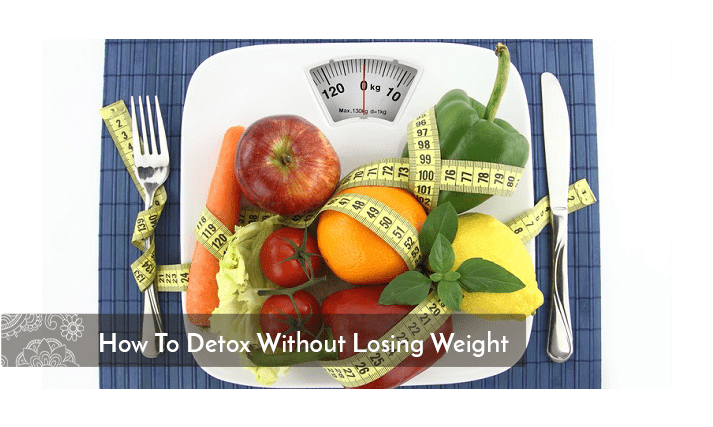









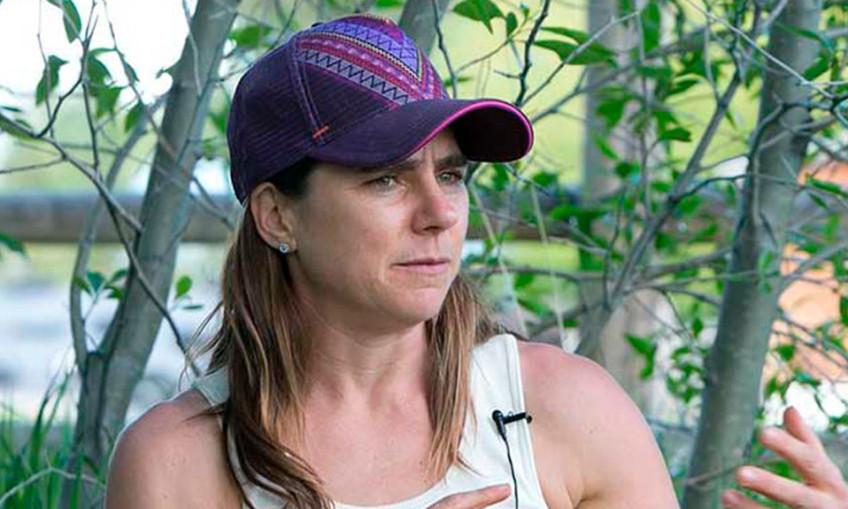

Comments
No comments yet, be the first to comment